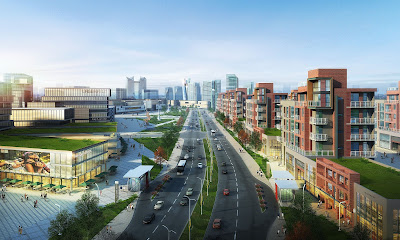Since I was a kid I thought about visiting other planets, but almost every time I brought it up someone told me that maybe our kids would since we might not live long enough to wait for the required scientific advancements in order to take us there.
But now, thanks to companies like Space X, we might even go visit other planets!
In a tweet on April 27, 2016; Space X announced their plans to send a Space Capsule to mars as soon as 2018:
It will be a unmanned expedition, but it will be the first of its kind for a private company. And it seems Mars could just be a stepping stone into exploring the depths of our solar system. Elon Musk, Space X CEO, hinted at this in a tweet: "Dragon 2 is designed to be able to land anywhere in the solar system. Red Dragon Mars mission is the first test flight."
It might take a decade or more before astronauts step on to another planet.
But we might have more time in this life than previously thought:
Say hello to "Calico" a Google company which sole purpose is "combating aging and associated diseases" and maybe even "solve death".
So even though colonizing other planets its still years away, we might live long enough to visit or maybe for the already planned one-way trip to Mars.
What do you think? Let me know in the comment section below!







